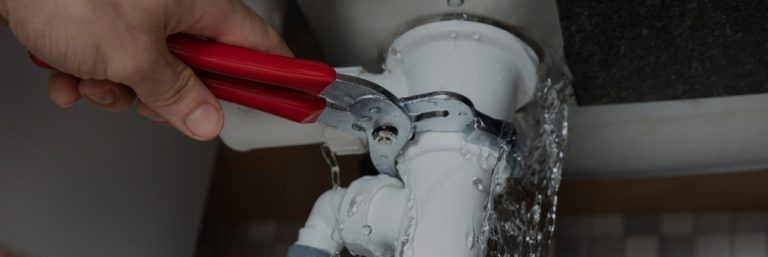The article in the next paragraphs relating to Hacks to detect leaks is immensely interesting. Read it for your own benefit and figure out what you think about it.

Early discovery of dripping water lines can minimize a potential calamity. Some tiny water leakages may not be noticeable.
1. Examine the Water Meter
Every home has a water meter. Checking it is a proven way that aids you find leakages. For beginners, switch off all the water resources. Ensure no person will purge, make use of the tap, shower, run the cleaning equipment or dish washer. From there, go to the meter and watch if it will alter. Given that no person is using it, there must be no activities. If it relocates, that indicates a fast-moving leak. Similarly, if you discover no changes, wait an hour or two and inspect back again. This indicates you might have a slow-moving leak that could also be underground.
2. Inspect Water Usage
If you identify unexpected modifications, in spite of your intake being the very same, it implies that you have leaks in your plumbing system. A sudden spike in your costs indicates a fast-moving leakage.
A steady boost every month, even with the very same practices, reveals you have a slow-moving leak that's additionally slowly escalating. Call a plumber to completely inspect your residential property, especially if you feel a cozy location on your floor with piping below.
3. Do a Food Coloring Examination
When it concerns water intake, 30% originates from commodes. Examination to see if they are running appropriately. Drop flecks of food shade in the tank and wait 10 mins. There's a leak between the container and bowl if the shade in some way infiltrates your dish during that time without flushing.
4. Asses Exterior Lines
Do not neglect to examine your outside water lines too. Needs to water permeate out of the link, you have a loose rubber gasket. One little leak can lose bunches of water and spike your water bill.
5. Examine the scenario as well as check
Property owners ought to make it a behavior to check under the sink counters as well as even inside cabinets for any kind of bad odor or mold and mildew growth. These 2 warnings suggest a leak so timely attention is needed. Doing routine evaluations, even bi-annually, can save you from a significant trouble.
If you know your home is already old, keep a careful eye on your heating units, hose pipes, pipelines and so on. Look for discolorations and compromising as most appliances and also pipes have a life span. They will certainly likewise naturally wear away as a result of deterioration. Don't wait for it to rise if you presume leaking water lines in your plumbing system. Call an expert plumber today so you do not end up with a dreadful mess in your house.
Early discovery of dripping water lines can reduce a prospective disaster. Some small water leakages may not be visible. Checking it is a surefire way that aids you discover leaks. One little leak can lose lots of water and spike your water expense.
If you think dripping water lines in your plumbing system, do not wait for it to escalate.
WARNING SIGNS OF WATER LEAKAGE BEHIND THE WALL
PERSISTENT MUSTY ODORS
As water slowly drips from a leaky pipe inside the wall, flooring and sheetrock stay damp and develop an odor similar to wet cardboard. It generates a musty smell that can help you find hidden leaks.
MOLD IN UNUSUAL AREAS
Mold usually grows in wet areas like kitchens, baths and laundry rooms. If you spot the stuff on walls or baseboards in other rooms of the house, it’s a good indicator of undetected water leaks.
STAINS THAT GROW
When mold thrives around a leaky pipe, it sometimes takes hold on the inside surface of the affected wall. A growing stain on otherwise clean sheetrock is often your sign of a hidden plumbing problem.
PEELING OR BUBBLING WALLPAPER / PAINT
This clue is easy to miss in rooms that don’t get much use. When you see wallpaper separating along seams or paint bubbling or flaking off the wall, blame sheetrock that stays wet because of an undetected leak.
BUCKLED CEILINGS AND STAINED FLOORS
If ceilings or floors in bathrooms, kitchens or laundry areas develop structural problems, don’t rule out constant damp inside the walls. Wet sheetrock can affect adjacent framing, flooring and ceilings.
https://www.servicemasterbyzaba.com/blog/how-to-detect-water-leakage-in-walls/

As an enthusiastic reader about Leaking water lines, I figured sharing that portion was necessary. Are you aware of anybody else who is occupied with Top leak detection hacks? Be sure share it. Many thanks for taking the time to read it.
No more waits, dial now!